USA & Canada: +1-800-752-1017
International : +1 828-210-4754

Where can you find all the right information regarding sustainable materials for your card program?
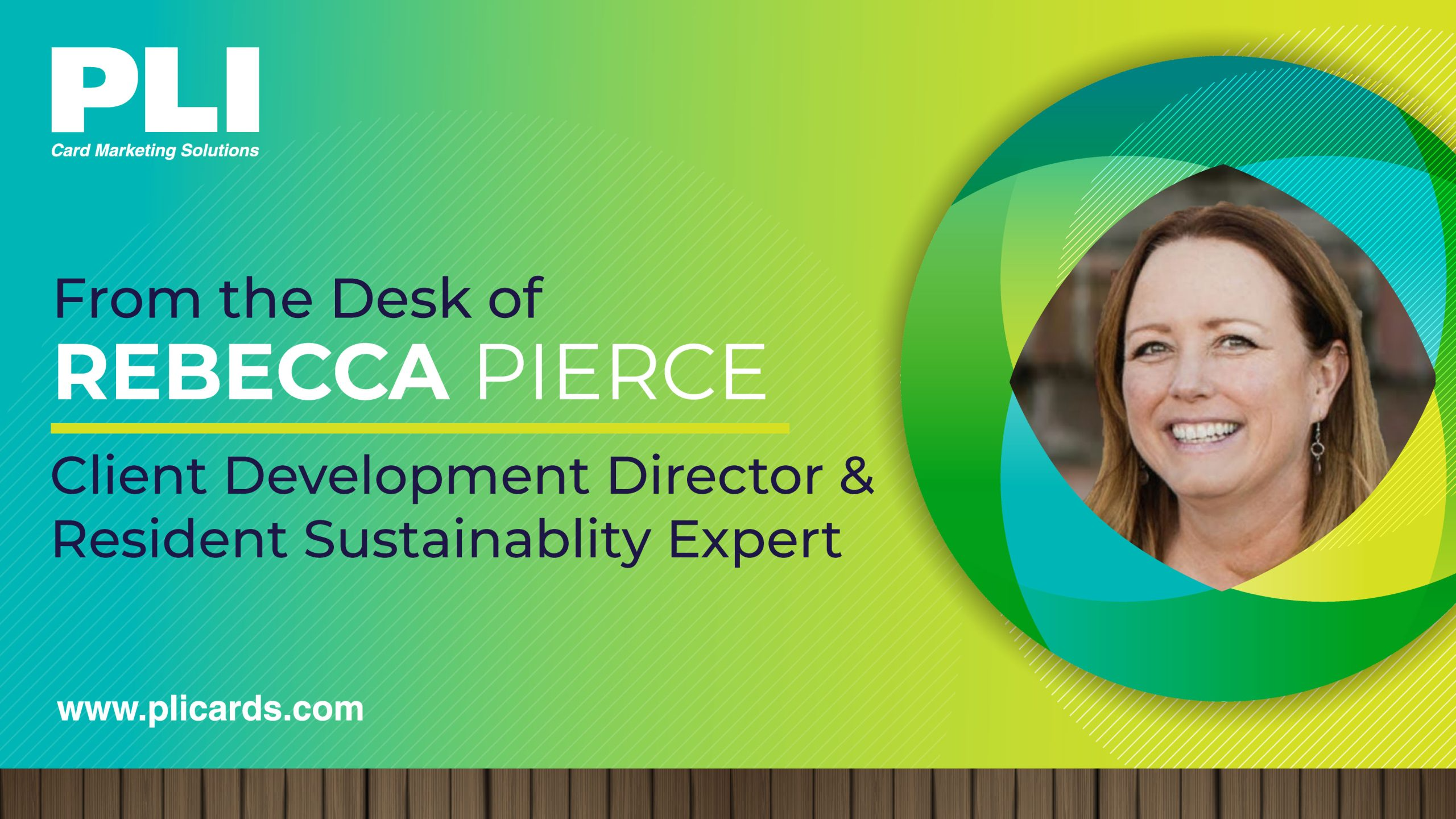
Getting the right information to make the important decisions can be daunting, to say the least. Most of us do not have the hours and hours of time it takes to research products, talk to vendors, decipher what the manufacturer’s claim really means, not to mention the research and development capabilities to ensure your chosen product would yield a beautiful, functional gift card.
PLI has put a ton of resources into doing exactly that. We constantly research and hunt for sustainable materials. Once we find one we like and think you will like, we test the heck out of them. I’ll share how we test and the effort that goes into it in another post. In this post, I want to share how we identify materials we think are great for our planet and will be great for your gift card program’s ROI.
When we look at a material, there are many factors to consider while staying extremely flexible and open minded. There are so many avenues these products can take and many, many benefits to consider. For example, I was looking into a compostable material thinking it’s going to be one of the “greenest” materials out there. I then learned that as it breaks down, it emits carbon dioxide into the atmosphere. So what is more important now? Do I stick to the “but it’s compostable, you can’t get better than that!” story or do I move to something that is recyclable and does not release any CO2? And, compostable may not be very shelf stable. So if you don’t use your inventory fast enough, it is wasted, which is the worst thing you can do in your green strategy. Sigh, it is exhausting! So yes, flexibility is key while prioritizing.
I like to prioritize sustainable material based on the order of this list:
- Recyclability – is it recyclable or reusable
- Material content including Post and Pre-Consumer Waste (PCW) – Does it contain harmful materials? Does it have any PCW? Is the material compostable?
- Renewability/Sustainability – A good example is Bamboo or hemp; they both renew hundreds of times faster than wood.
- How the material is manufactured – is it energy efficient, does it pollute water, is the water used in the process cleaned and reused?
- Availability and location of the material – is it local, in the states, overseas? Will it take thousands of gallons of fuel to get here?
- Durability – in both the production process and everyday use – if the product can be reused over and over again for the purpose it was created to do and not thrown in the landfill after a couple uses, that’s pretty green!
To help you navigate the decisions ahead of you, we have developed a reference guide to help compare the relative sustainable-cards metrics of the various card production alternatives. It’s a few pages that covers substrates, inks, coatings, carriers/backers, packaging, and distribution. It is formatted very simply to help you quickly decide the right product for your program. Please reach out to your sales rep for an electronic copy. You can also email me at rpierce@plicards.com. I’d be happy to send it to you and answer any questions you may have.
Recent

Gift cards have become a staple in the retail industry, offering a convenient and versatile gift option for consumers. However, the way they are presented in stores can significantly influence sales. Implementing effective gift card displays can transform mere interest at the point of sale into an actual purchase. Here are some strategies to optimize your gift card displays
12 Jan 2026
Robert Boehm joins PLI as the new Head of Security, reporting directly to me. Robert has nearly 19 years of distinguished law enforcement experience with the Las Vegas Metropolitan Police Department (LVMPD).
5 Jan 2026
I’m pleased to share that Dwight Watson has joined PLI as our Business Development Consultant for Casinos and Events, reporting directly to Michele Esposito.
5 Jan 2026
I’m pleased to share that Andrew “Drew” DeVane has joined our team as a New Business Development Consultant, reporting directly to Michele Esposito.
5 Jan 2026
I’m excited to share that Michele Esposito has been appointed as our new Director of Custom and Casino Sales, reporting directly to Robyn Evans.
5 Jan 2026
I’m pleased to share that Robyn Evans has joined our team as Vice President of Hospitality Sales, reporting directly to me.
5 Jan 2026
As we begin a new and exciting year in Hospitality, I am pleased to announce not only the addition of four new and experienced sales team members, but also the creation of a newly structured sales organization designed to better meet the challenges of handling the various sectors and customers we service.
5 Jan 2026
LAS VEGAS, NV – December 22, 2025 – The holiday season at PLI is all about coming together, having fun, and celebrating the people who make our work possible.
22 Dec 2025
Newsroom

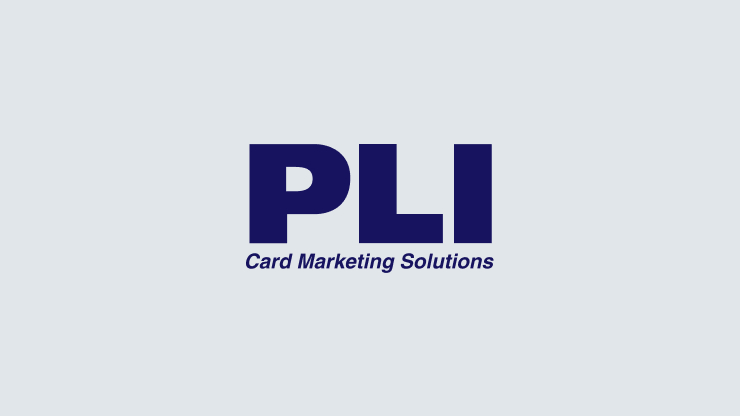
Robert Boehm Joins PLI as the New Head of Security
Robert Boehm joins PLI as the new Head of Security, reporting directly to me. Robert has nearly 19 years of distinguished law enforcement experience with the Las Vegas Metropolitan Police Department (LVMPD). | 5 Jan 2026
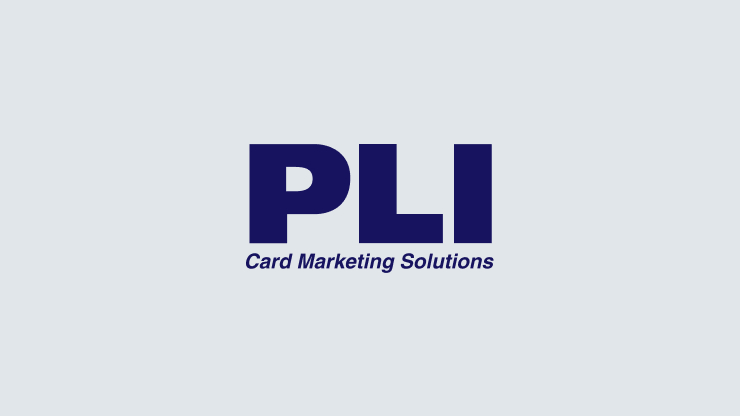
PLI Welcomes Dwight Watson as Business Development Consultant for Casinos and Events
I’m pleased to share that Dwight Watson has joined PLI as our Business Development Consultant for Casinos and Events, reporting directly to Michele Esposito. | 5 Jan 2026
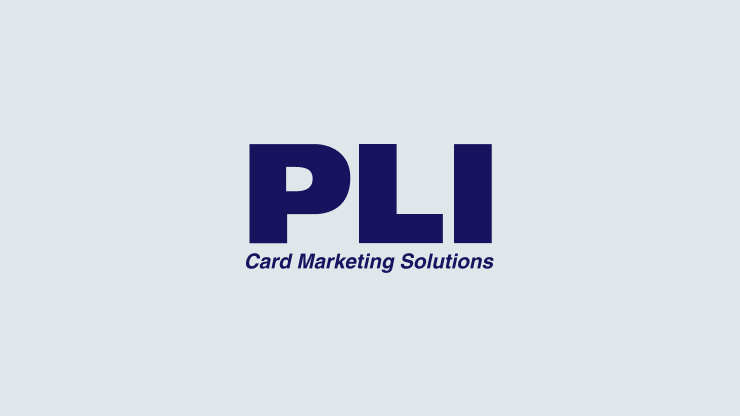
PLI Appoints Andrew DeVane as New Business Development Consultant
I’m pleased to share that Andrew “Drew” DeVane has joined our team as a New Business Development Consultant, reporting directly to Michele Esposito. | 5 Jan 2026

PLI Appoints Michele Esposito as Director of Custom and Casino Sales
I’m excited to share that Michele Esposito has been appointed as our new Director of Custom and Casino Sales, reporting directly to Robyn Evans. | 5 Jan 2026
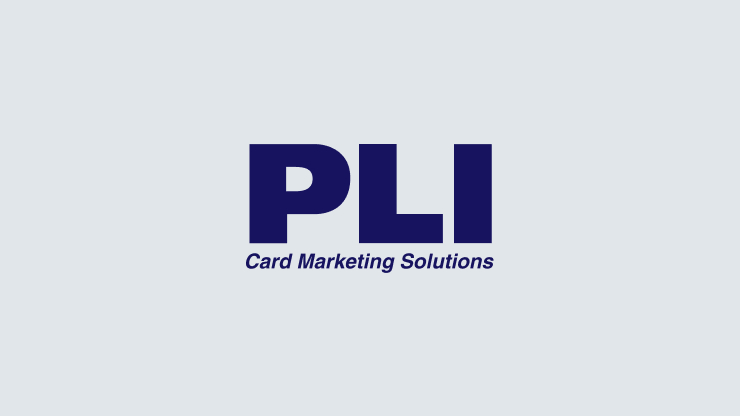
Robyn Evans Joins PLI as Vice President of Hospitality Sales
I’m pleased to share that Robyn Evans has joined our team as Vice President of Hospitality Sales, reporting directly to me. | 5 Jan 2026
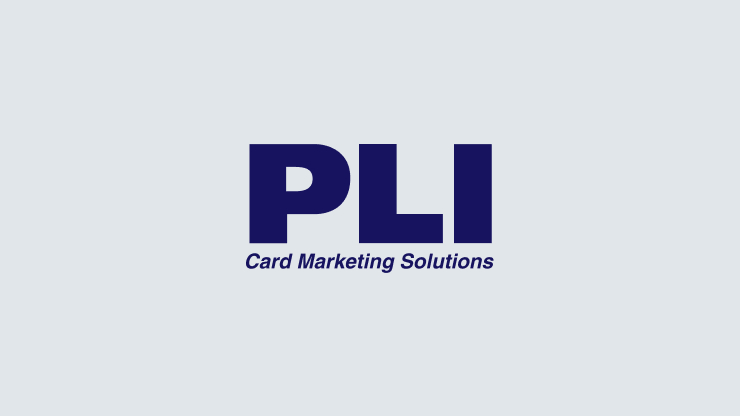
PLI HEAT Organizational Announcement
As we begin a new and exciting year in Hospitality, I am pleased to announce not only the addition of four new and experienced sales team members, but also the creation of a newly structured sales organization designed to better meet the challenges of handling the various sectors and customers we service. | 5 Jan 2026
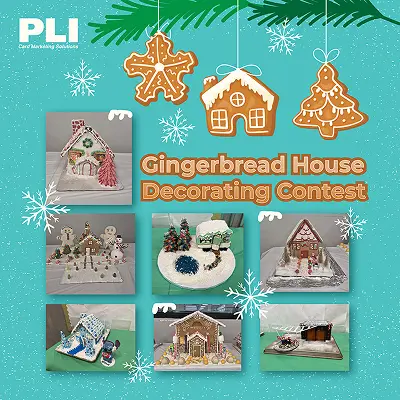
PLI Gingerbread House Contest Holiday Fun
LAS VEGAS, NV – December 22, 2025 – The holiday season at PLI is all about coming together, having fun, and celebrating the people who make our work possible. | 22 Dec 2025
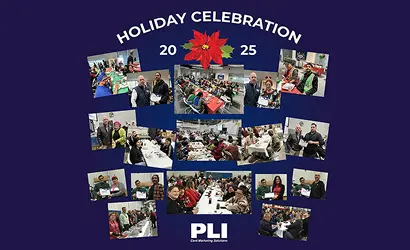
Holiday Luncheon Brings Cheer to PLI
LAS VEGAS, NV and ASHEVILLE, NC December 18, 2025 – The holiday season brought warmth and celebration to PLI’s Asheville and Las Vegas facilities as employees came together for this year’s Holiday Luncheon. | 19 Dec 2025





